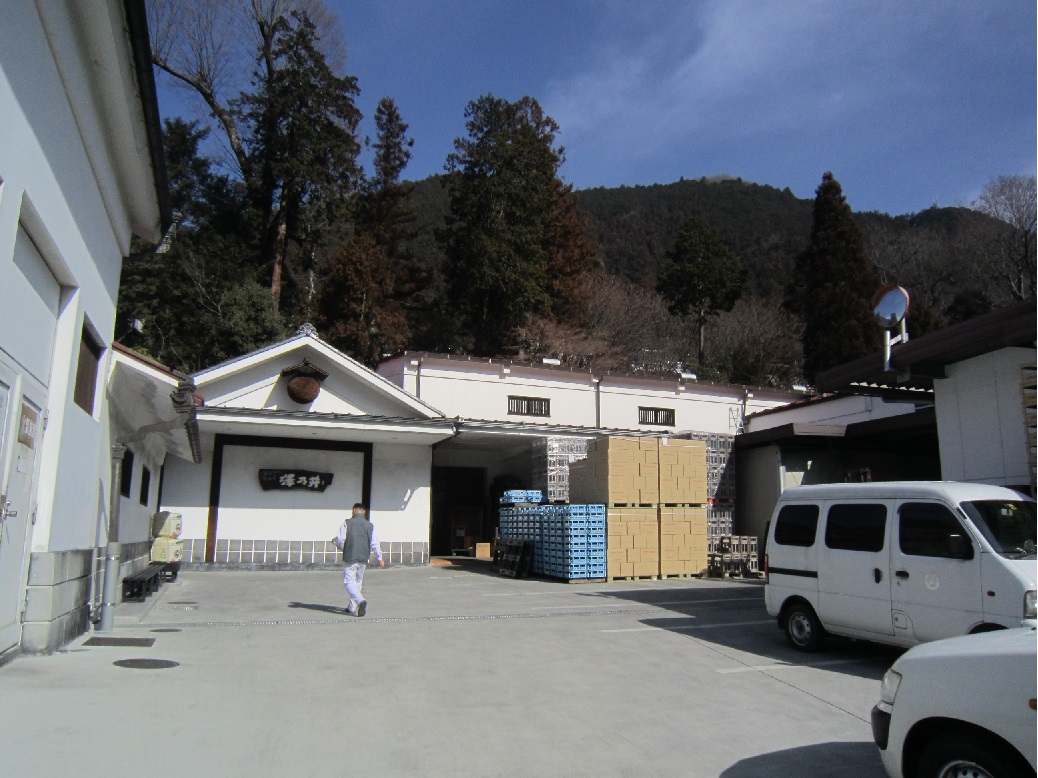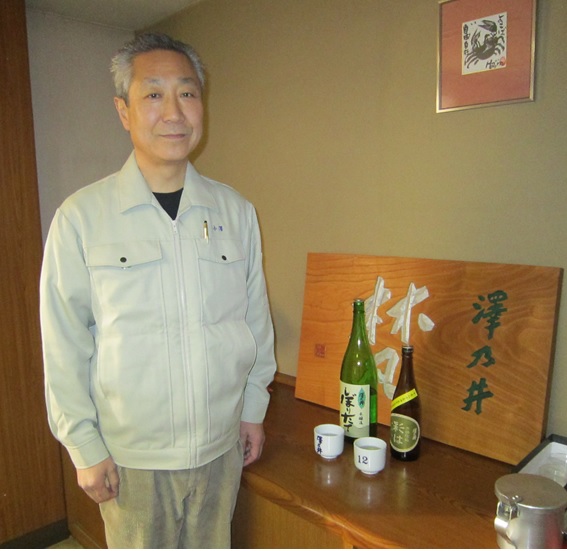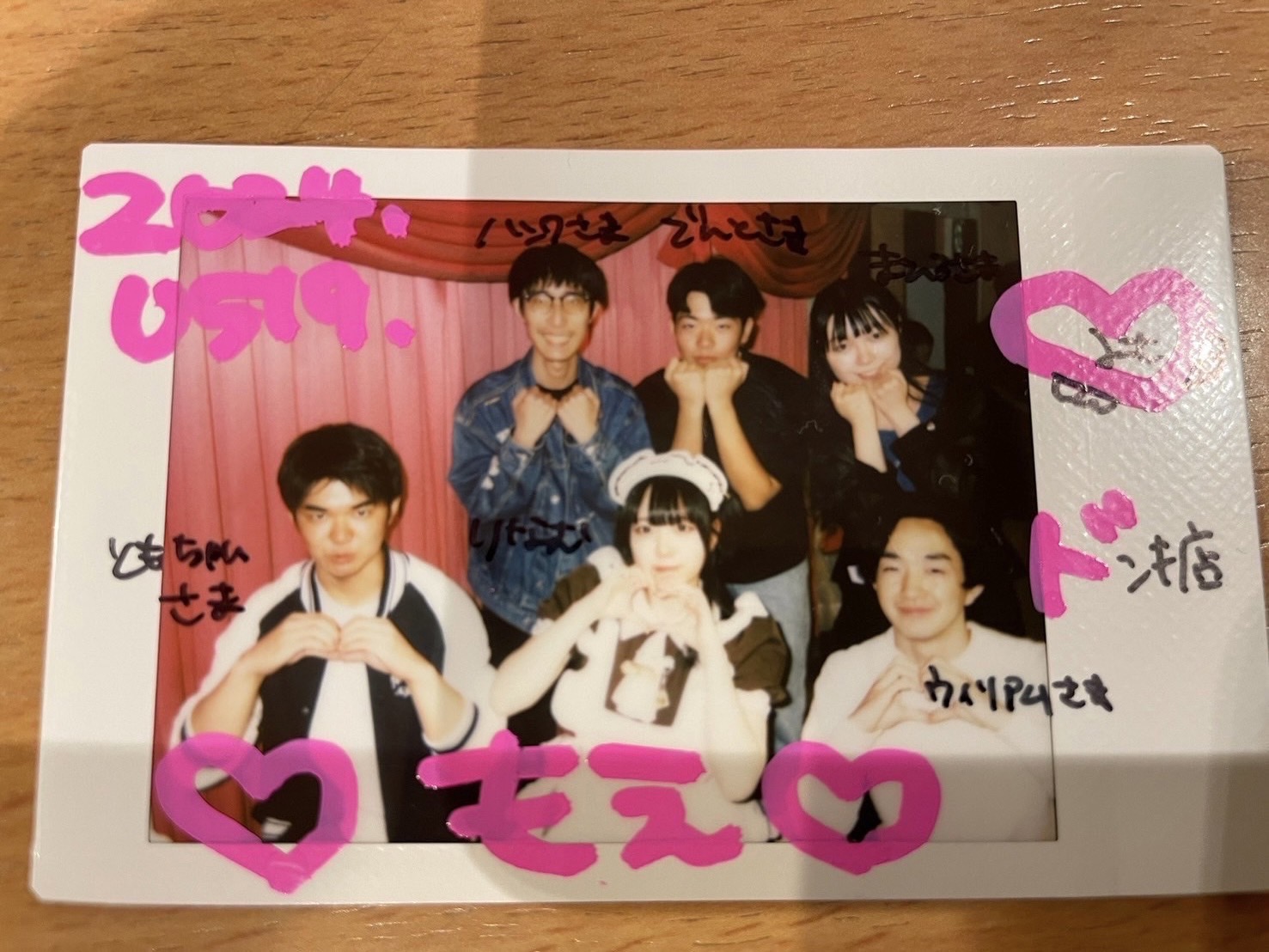Traditional Taste Handed Down to Japan, “SAKE”
Alcoholic consumption in Japan continues to decrease. Sake, in particular, has dropped by fifty percent since 1970s. Despite of the downtrend, Ozawa Shuzo maintains sales.
The brewery is less than an hour train-ride to the west from the noisy city center, we can get to the quiet, calm place where we rarely see the people, but can find beautiful nature like grand mountains and the Tama river runs through them. The brewery was established in 1702, but its operational facilities are very modern steel tank and various machines. However the process is not automatic. Experienced workers called Kurodo-s in Japanese monitor each process. They checked the condition of sake on five physical senses. To make good sake, Kurodo-s and their sophisticated senses are essential.
“ Sake is a delicate thing,” said Ozawa Junichiro, 60, the company’s owner. Ozawa took over this family business after he graduated from university and worked at the timber company. According to temperature, humidity and other factors including rice, water, malt and yeast, the taste of sake changes. The Kurodo-s have to be careful about the subtle changes about sake in each process because the condition of sake can’t be calculated by the machines. While Kurodo-s invest considerable time and effort and sharpen their senses everyday in order to control quality, they face the difficulties in making the right taste.
They say it’s also the most important part of sake brewing process. At Ozawa Shuzo, Kurodo-s gather in the morning for tasting. They do this everyday to share the feeling on the tongues. It is very important for all Kurodo-s to have same tasting skills. They make the same ‘tongue feeling’ by drinking the same sake and share the taste opinion. For example, if one tastes sake and feels that it is solid and full-bodied while its smell is fresh, other Kurodo-s feel the same way.
Taste of sake is closely related to the local food and culture. Light and dry sake may be made in coastal areas because they go well with fish. Heavy and full-bodied sake is popular in regions where people like strong flavors in food. Unlike these places, the food culture in Tokyo is mixed. Therefore, finding niche was challenging for Ozawa Shuzo. Ozawa has continued to pursue the taste matching soy sauces which are most essential items in Tokyo’s food culture. “We will never stop improving the quality of sake. We want to make better,” Ozawa said.
Written by Keigo Matsumoto, Ryuichi Takagaki
Edited by Hana Saeid Isaka
Postscript
The reason why I wrote the articles about sake was just because I love sake. I always enjoy local food and local sake when I travel provinces places. Through this interview with Mr. Ozawa, I feel their passion on my bone and love sake more. I would appreciate very much if this article helps you to step forward to sake.
Keigo Matsumoto
This is my first time to write an article in English. It is very difficult to express the taste of sake. In the interview, Mr.Ozawa offered us to taste their two different types of sake. Therefore, I realized the difference of sake and found favorite type of sake for the first time. When we left the brewery, I bought its sake. I became a sake fan.
Ryuichi Takagaki




